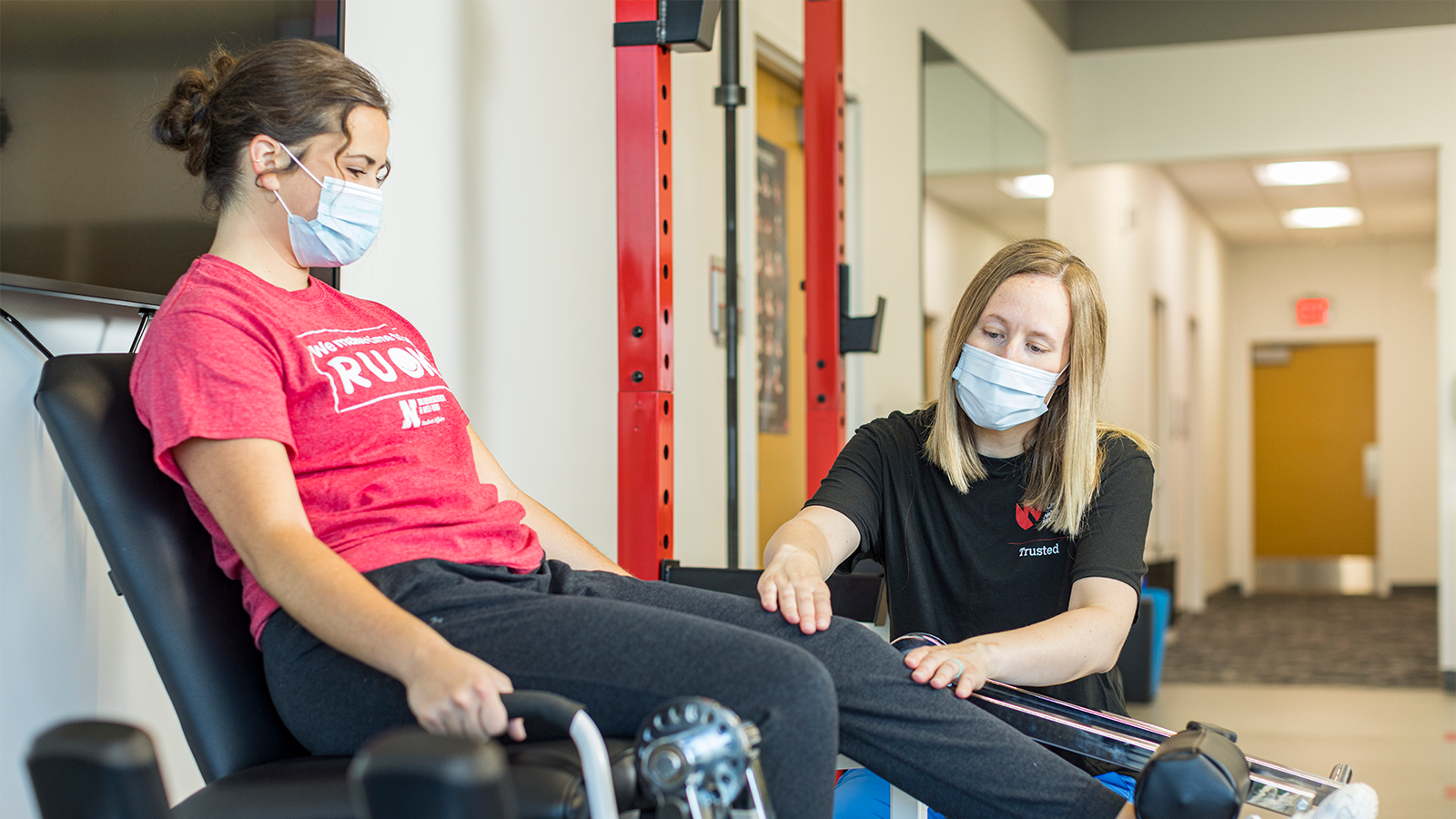Understanding How Acute Traumas Transform Sporting Performance Mechanics
Wiki Article
Acute traumas are unexpected harm that can happen during sports or physical activities. These traumas can greatly affect an athlete's performance and overall health. Frequent examples of acute traumas include twists, breaks, and strains. They occur rapidly and frequently result from accidents, such as tumbles, crashes, or improper movements. Comprehending how these traumas affect athletic capabilities dynamics is important for athletes, trainers, and healthcare providers who work with them.
When an athlete experiences an acute trauma, the immediate effects can be quite severe. Discomfort and inflammation are common indicators that can restrict movement and function. For instance, a hoops player who injures an joint may find it painful to walk or jog. This limitation can lead to a decrease in ability, as athletes may struggle to perform at their typical level. Additionally, the mental effects of an injury can also play a factor. Athletes might feel anxious or apprehensive about returning to their sport, which can additionally impact their performance.
Rehabilitation from an acute trauma involves several phases, including recovery, rehabilitation, and gradual return to activity. The first focus is usually on controlling pain and swelling. Medical professionals may recommend cold therapy, bandaging, and lifting to help with healing. Once the acute phase has passed, rehabilitation activities become crucial. These activities help regain power, flexibility, and workplace physical therapy range of motion. Athletes need to follow a structured recovery plan to make certain they come back to their sport without risk and efficiently.
The lasting effects of sudden traumas can differ. Some players may recover fully and return to their previous performance levels, while others may face ongoing difficulties. Ongoing discomfort or fragility can emerge if an trauma is not adequately managed. This circumstance can lead to a pattern of recurring injuries or compensatory injuries in other parts of the body. It is crucial for players to be patient during the recovery stage and to collaborate closely with medical professionals to tackle any remaining concerns.
In summary, sudden traumas can significantly alter how players compete in their activities. The prompt bodily and emotional effects can impede ability and self-assurance. Rehabilitation involves attentive handling and therapy to guarantee that players can safely come back to their sports. Comprehending the dynamics of sudden traumas can help all involved participating in athletics—from players to coaches to medical staff—support those affected and promote a safe return to athletic ability.
